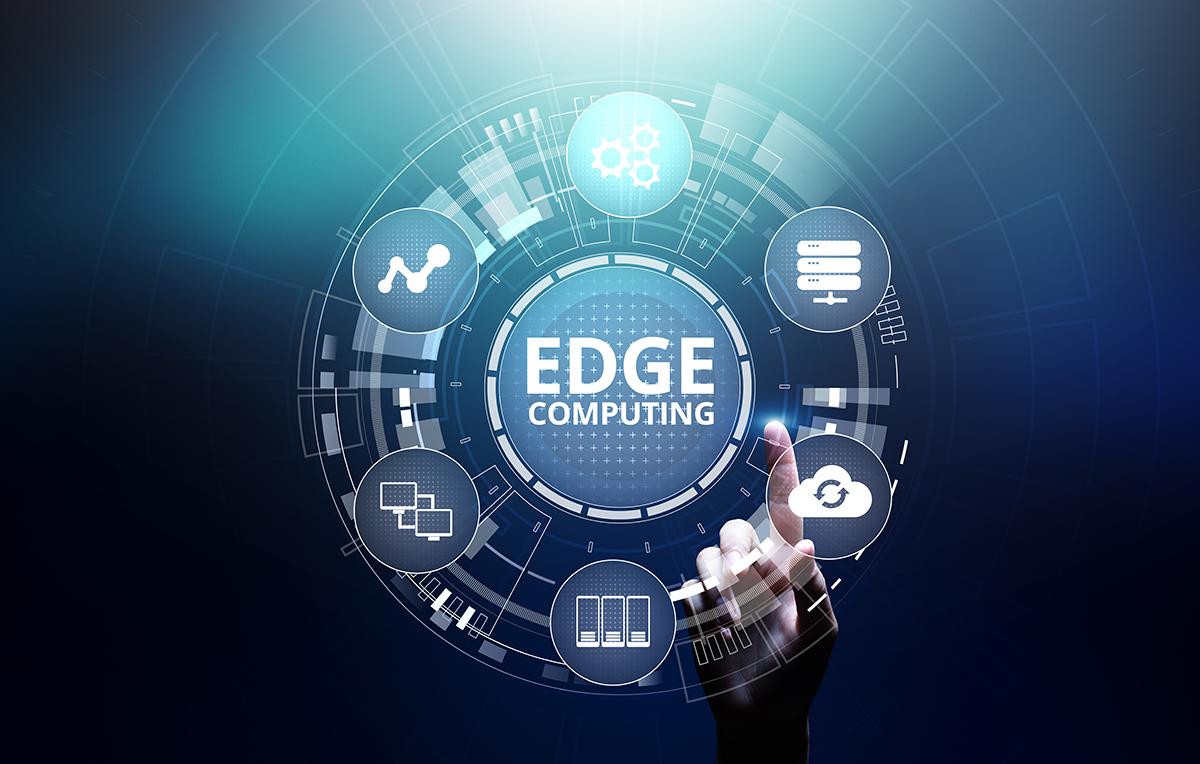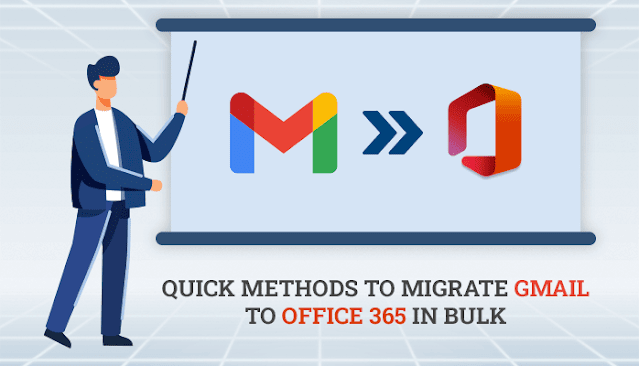Should Smart Cities Adopt Edge Computing? Is Edge Computing Becoming An Option For Remote Work In Smart Cities And Managing Big Data?

Introduction
The world as we know currently has driven itself to incredible lengths in terms of growth in technology. New, advanced technologies are coming in with full effect as companies and organizations have reached their utmost potential. Smart cities are one of the topics that business leaders and managers tend to have major conversations about. What drives these smart cities, they would ask. The main answer to that would be Edge Computing. The future of smart cities will be driven and constructed on edge computing infrastructures to maximize data processing. For managing big data and remote work in smart cities, edge computing is the ultimate solution. Now, without further ado, let’s move on and learn what is edge computing, whether smart cities should adopt this technology and whether it is an option for remote work in smart cities and managing big data.
What is Edge Computing?
According to TechTarget, edge computing is a distributed information technology (IT) architecture in which client data is processed at the periphery of the network, as close to the originating source as possible.
Edge computing is completely altering IT and business computing with its incredible benefits and features. Companies and organizations implement this form of technology as it helps to overcome the traditional computing paradigm built on a centralized data center. Challenges such as bandwidth limitations, latency issues, and unpredictable network disruptions can all be overcome by edge computing.
Should Smart Cities Adopt Edge Computing? Is It Becoming an Option for Remote Work in Smart Cities and Managing Big Data?
As the days go by, smart cities are constantly evolving. An immense amount of attention is being placed on methods to decrease network clutter and latency, and there is no better way to solve these issues other than implementing edge computing.
One solution to overcome the challenges and complexity of big data transmission is to process and accumulate data at the same location. There’s less chance of latency by keeping computing at network edges, although to be self-reliant, requires a certain amount of processing power.
Another advantage to edge computing is its ability to make quick decisions. Smart cities are all set up for analysts and managers as they can get a clear-cut view to review data in real-time and can make accurate decisions on issues on cybersecurity and resource allocation. Moreover, edge computing also enables you to perform analytics at the device that’s accumulating data. For systems that tend to generate large amounts of data, such as video surveillance cameras, edge computing is a more convenient solution.
Manu industries benefit a lot from edge computing as it provides them with advanced services such as LED streetlights, sensor tracking, and employee messaging. IoT-enabled sensors got the potential to limit heavy data transmission and sensors that have self-regulating capabilities to provide greater security benefits and better privacy. More businesses are utilizing 5G in smart cities, as it facilitates them to efficiently transmit data when large data loads are necessary.
For machine learning (ML) capabilities, edge computing plays a vital role. All IoT sensors require connectivity for data sharing and updating data. Smart cities are adopting and embracing artificial intelligence (AI), which will eventually result in being more powerful in the future.
One of the most popular things about smart cities and for them to live up to their name is the ‘“always-on” technology, such as traffic lights to ensure public safety. By efficiently deploying edge computing, you can free up your network while decreasing large loads of data transmission.
Smart cities have upgraded themselves with edge computing. Now, this technology is utilized for roadways and parking lots, and containerized microservices can now be transmitted across numerous clouds. Moreover, applications are developed at a faster rate vis DevSecOps, which has its own built-in automated security features.
Conclusion
Smart cities are only expected to transform in the future. Industries and companies are rendering their clients their advanced services such as IoT services and AI services to keep up with the latest technological advancements. Edge computing continues to make its mark in smart cities and in other fields.


